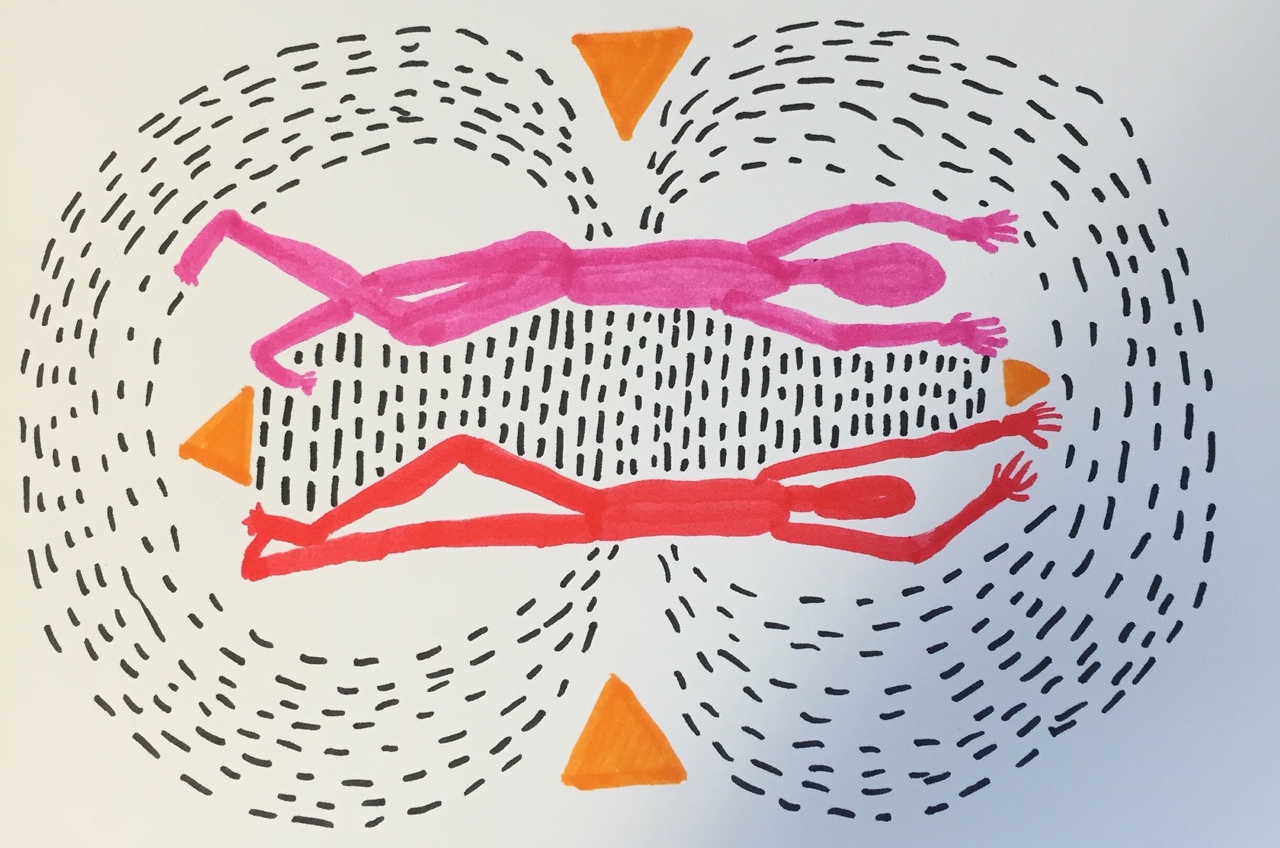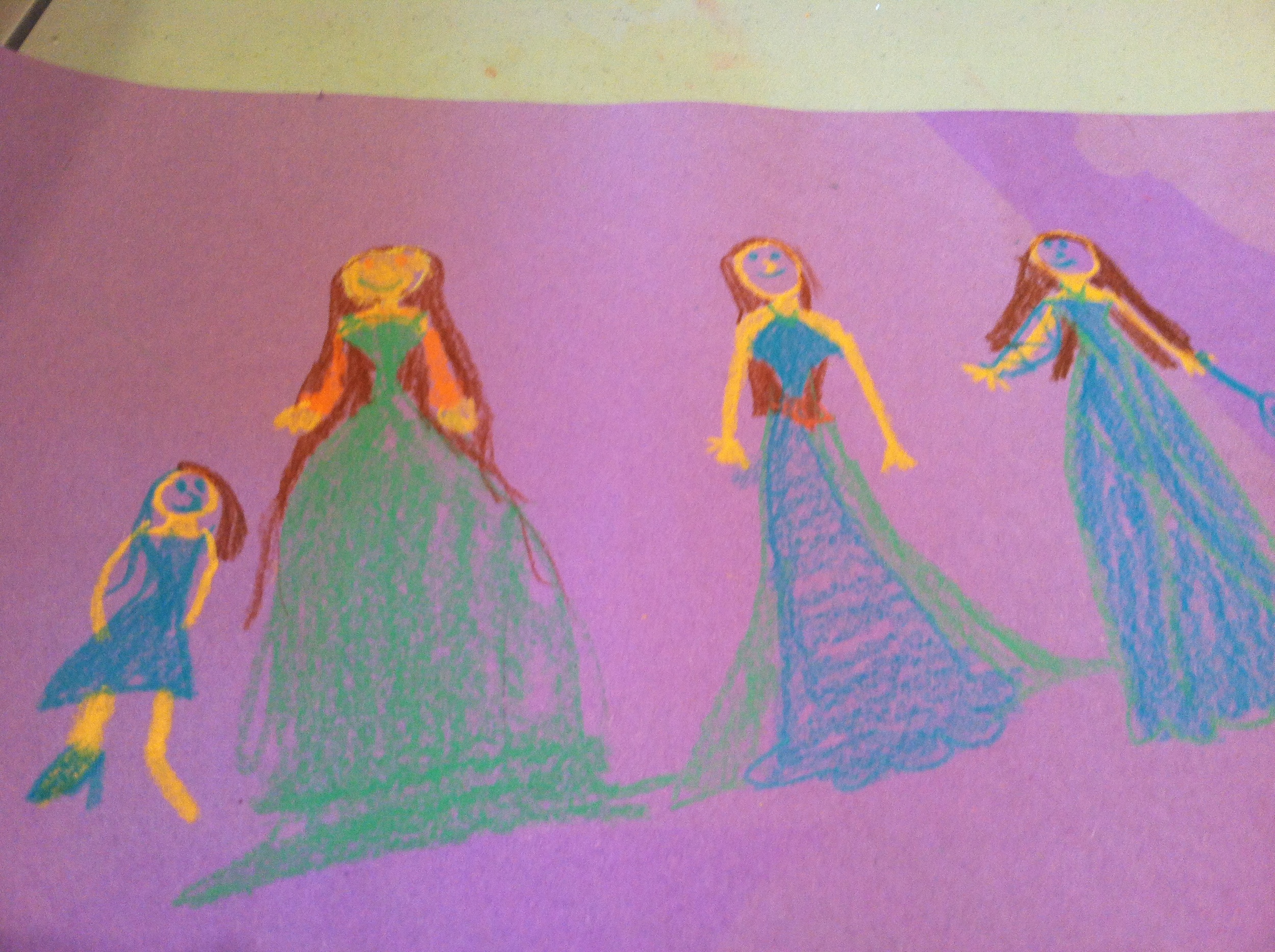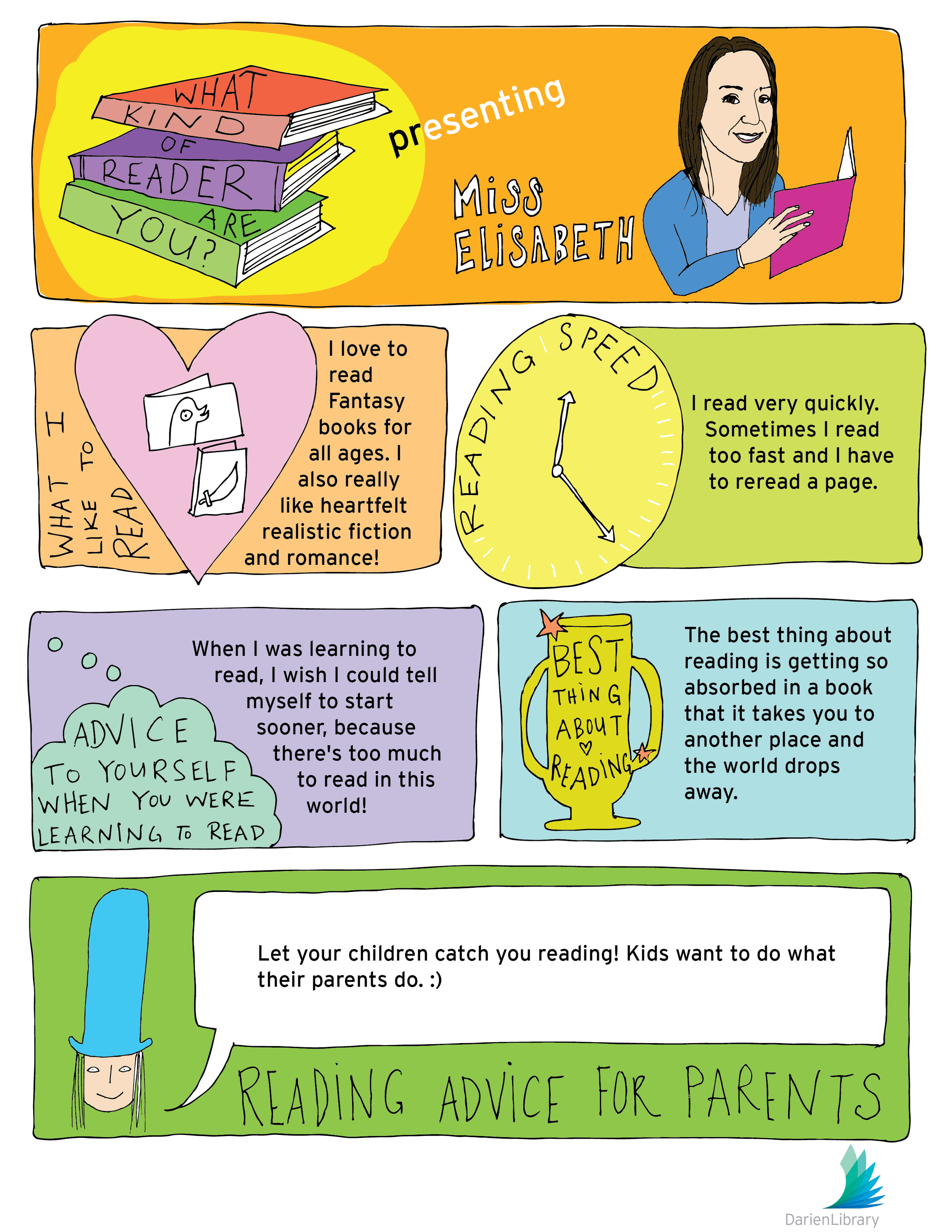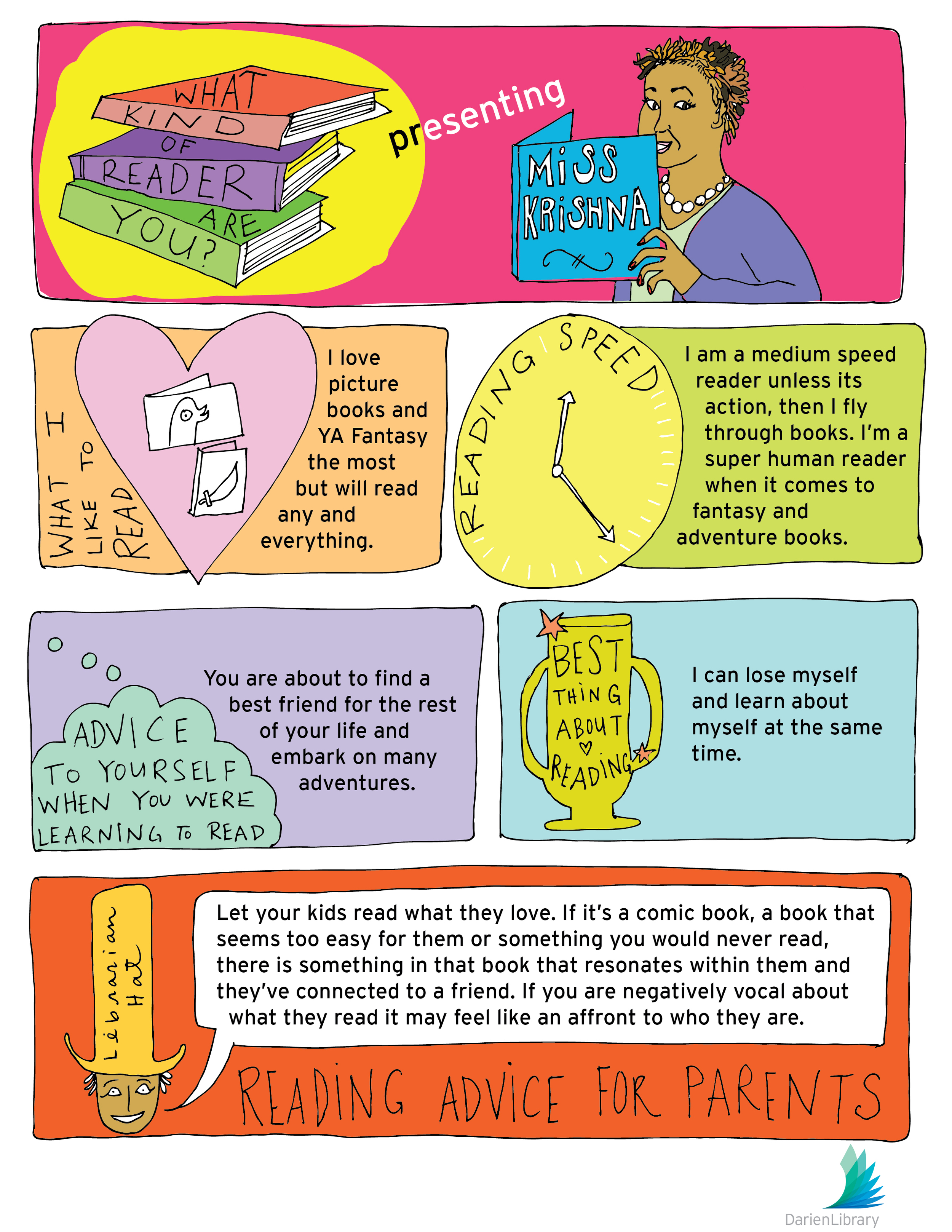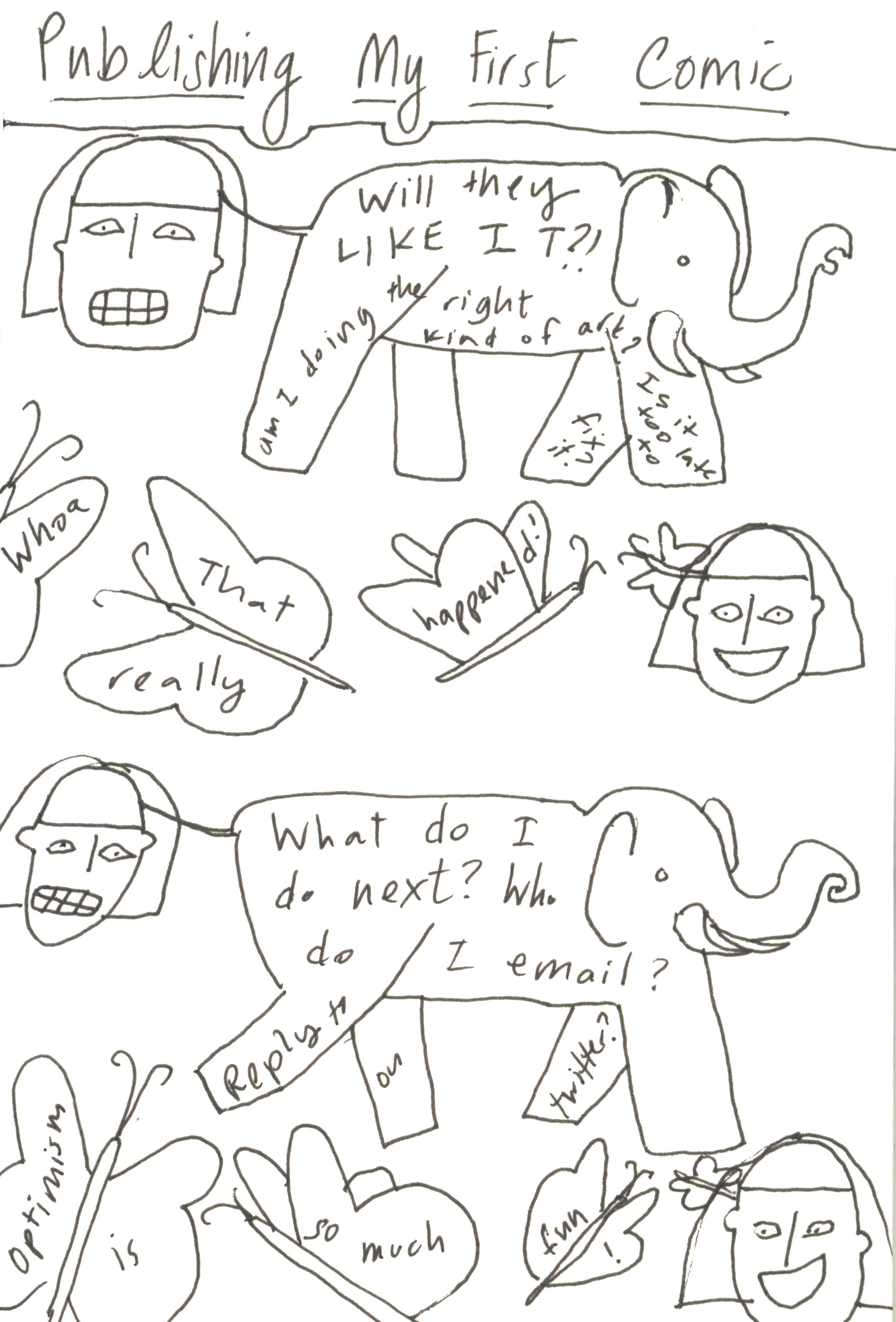Comics on the ALSC Blog
This month's comic on the ALSC blog!

So! This debate seems to be a great button-pusher in the Children’s Librarian world. Here’s my two cents – and I do want to locate my comic in my identity as an agnostic/white lady librarian. The comments and points were pulled from the following blogs, and were summaries and paraphrases: Librarians, Check Your Holidays at the Door – Kendra Jones – Storytime Underground – 11/12/2014 Speaking out about Holiday Programming at the Library – Kendra Jones – ALSC Blog – 12/25/2014 Ditch Holiday Programming – Kendra Jones – School Library Journal – 11/24/2014 Crankypants Monday – Roger Sutton – Horn Book – 12/1/2014 Jumping Off the Holiday Bandwagon – Lindsey Krabbenhoft – Jbrary – 11/26/2014 and this Facebook post by Rebecca McCorkindale
Microscope Art and Cardboard Automata
Two great science/art connections to do in the library! In Microscope Art, I started off by showing images taken with electron microscopes, and we talked about the images as art. What shapes did we see replicated in the images that we see in other sizes (ie moss, trees, mountains, clouds, oceans)?
I bought some cheap microscopes that came with slides, as well as some very very fine pens (.001). Ideally, the microscopes would have had enough space for the kids to draw tiny drawings while they’re looking at what they were drawing through the microscope, but unfortunately they were just too cheap. So instead, the kids looked at the slides and drew what they saw. They were totally amazed and had never looked under a microscope before, so it was fun to go over how to use them, as well as have their eyes pop at the hidden worlds.

At another station, the kids had empty petri dishes (10 mm ones), paint, beads, and acrylic medium. They created awesome little bacterial tableaus inside the petri dish!


Another awesome science/art program was Cardboard Automata with tweens. Using the Tinkering Studio at the Exploratorium Museum’s handout, I played around with ways to make it doable in an hour. It was a lot of prep work! But the kids made amazing ones. I was the official hot glue gunner and had to scurry around to ensure that everyone’s worked - but everyone’s worked! And we had time to talk about simple machines, why they worked, and how, as well as which types of movement they wanted to use. We had a rotating moon, compass, faces, boats... Definitely worth all the scurrying (although ideally you have two hours so the kids can really tinker instead of me having to swoop in and fix it).


STEAM Camp
Over the summer, we had the pleasure of hosting a STEAM Camp for kids in grades 4 to 6. Every day, we focused on a different letter in STEAM. I taught three programs during this session:Science: I taught a chalk rockets class! After talking about chemical reactions and how rockets work, we mixed up different colors of liquid chalk (see the recipe here) inside of plastic film canisters. We then went outside and put some pieces of big paper down on the ground on a tarp. Kids lined up and one by one they stuck a piece of Alka-Seltzer tablets in their film canister, closed it up, and then set it on the ground with the lid side down. We talked about why some of of them went really high and some sort of flopped.
Technology: Today I taught the MakerBot 101 class. using this slideshow - some of the content by Amy Laughlin), we talked about technology while the Makerbot was printing a little dragon. Then we talked about nitty gritty stuff like the supports, the raft, and the different parts. And then they designed their own thing to be 3D printed, making sure to talk about how it would be oriented, if it needed supports, and what it would be used for.
Art: Luckily, this day was after the Engineering day, where they had done Spaghetti Bridges and discussed how to make things tall. We could connect art and engineering. We looked at some incredible and crazy hats, and how they were used and why they were created. Then, using recycled materials, silk flowers, ribbons, paper plates, staplers, tape, and hot glue, they made some amazing hats and we had a fashion show!
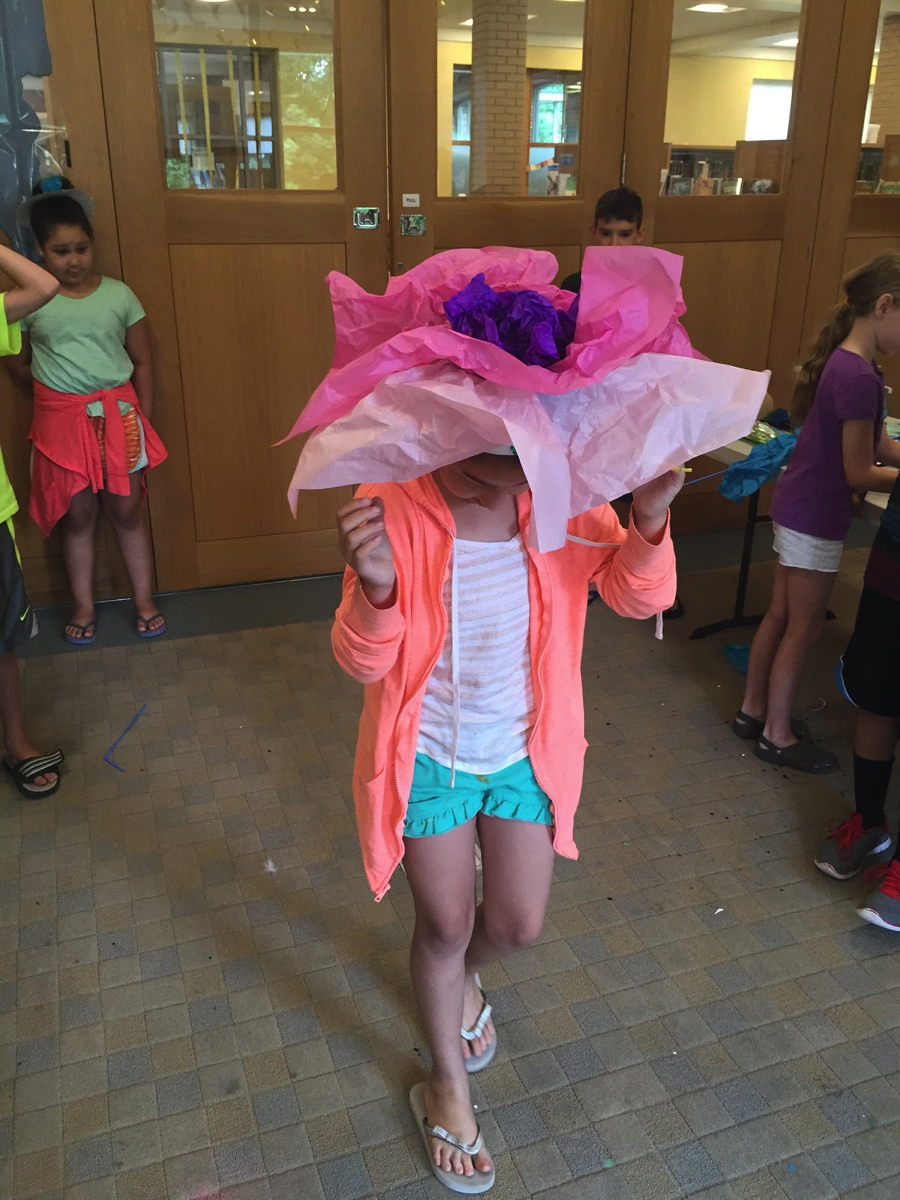

Honeymoon Illustrations
Just took a 2 week trip to Thailand with my boo.






30 for a Little One is done!
Hurray! The comics on children's librarianship, 30 of them, are done! Amy Martin and I finally made it through them. Check them out here. Here are a coupe random ones.




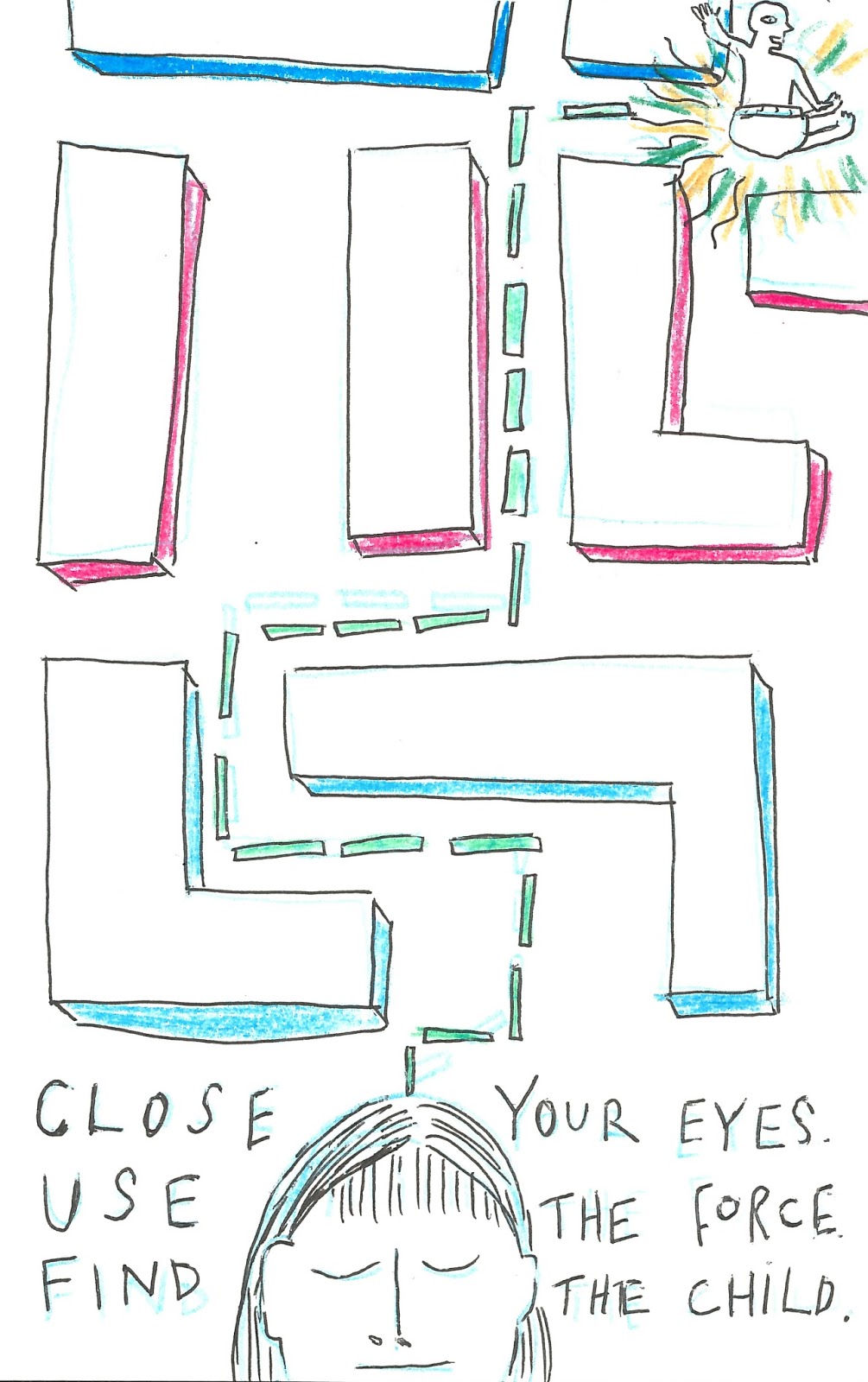
Thirty for a Little One
I'm doing a daily comics challenge with Amy Martin about children's librarianship! We created a list of 30 words and are both making comics about them everyday. See them here: http://thirtyforalittleone.blogspot.com/




Also, ALA Annual Conference Comics
I also created a couple comics for ALA's Marketing Department. Here they are!A very kind comment from the Marketing Director, Mary Mackay: "You're like the Roz Chast of the library world!" If only, Mary!

ALA Annual Live Comic Blogging!
I did it again for this year's conference in San Francisco on the ALSC Blog. Click here to see them! Below are some samples:


Blogging for ALSC
I recently blogged on the ALSC blog about my coloring page rage. Plus, a caption contest! See my comic below, but click the link for the words I wrote.
ALA Comics
After my ALSC comics at ALA's Midwinter Meeting, ALA approached me to do some comics for their Annual conference. The results are here: http://alaac15.ala.org/conference-comics
Fun to do!

Play and Maker Family Challenges
I’ve written before about Maker Family Challenges. They’re on the weekends so that families (in the community I work in, it means actual dads and moms - during the week, there are a high percentage of hired caregivers) can attend and create something with their kids. The idea is I put out materials, issue a challenge, and let people go at it at their own pace (such as can you build a boat that floats, can you create a self-portrait, can you build a tiny home, can you create a structure that will keep an egg safe when it is dropped). This idea is not original. It does feel really important though. I see it often - the “I have to get it right” mentality, in both kids and their parents (and hear anecdotes about teachers saying the same thing) that this kind of activity hopes to discourage.

What I hear during these challenges is “What can we do to fix that?” and “How are we going to make that happen?” and lots of playful sharing about what exactly is going on in these creations (usually made out of trash I found in the recycling bin). It is especially wonderful to hear in light of a recent day-long conference I went to at Bank Street College called “The Building Blocks of Play” that covered everything from the psychological and historical importance of play to how children’s book authors play during the creation of their books.

Something that felt very applicable to my daily program planning was introduced during a presentation from Dr. Linda C. Mayes from the Yale Child Study Center: Piaget’s idea that “Play is the work of childhood”. In a community like Darien, and in New England, and in the USA, work is seen as the most valuable part of life. So showing how play can be occupational and vital to success (whatever that means) is a great tool, and shows career-addled parents how to let play into the schedule.

I was also really inspired by the idea of play as a space. Dr. Mayes discussed play as the place where children explore boundaries between themselves and others, inside and outside their bodies, real and not real, now and in the future, and now and in the past. Then, hearing artists and authors such as Nina Crews, Laura Vaccaro Seeger, Paul O. Zelinsky, Robie Harris, and Peter H. Reynolds discuss how they enter that transitional space to get creative and the importance of play in their work. So obviously play is important for adults too.

That’s why it’s great to be able to offer family programs at the library. And storytimes where we sing and dance. And picture books that are silly and playful and ask readers to experience the world differently.
Bookworms: In Mary's Garden - friend sculptures
In Mary's Garden by Tina KuglerOpening framework: Making art to enjoy yourself, regardless what people think, is really important. Describe outsider art. Artists to inspire: Mary Nohl Activity: Using whatever supplies we have, build something in the style of Mary Nohl! I gluegunned in the corner.
Bookworms: Bird and Diz Jazz art!
Bird and Diz written by Gary Goglio, illustrated by Ed Young Opening framework: Jazz is a type of music that is often improvisational. It is energetic, slow, or a lot of different things. Talked a little about the history of jazz and some famous jazz musicians. Artists to inspire: playing Salt Peanuts while reading. Hung up Matisse's Jazz series, and had a few other jazz-inspired art pieces printed out. Activity: Jazz art - Draw with construction paper crayons while listening to jazz music on long strips of construction paper (like the book), inspired by the music. Encouraged them to draw what they heard - maybe use different colors for different instruments.
New comic!
What kind of reader are you?
We get a lot of parents in the library who are stressed. They're stressed about leveled reading. They're stressed that their kid isn't reading like all the other kids, "Way above their grade level" - which by the way, your kid may read fast, but that doesn't mean they're comprehending what they're reading and you may actually turn them off to reading by pushing them to read things they don't understand. They are stressed that their child won't succeed in life if they're not reading the classics. Inspired by this, I did some reading profiles of the Children's Librarians at Darien.
Maker Family Challenge!
This weekend we had a great program that brought joy to my librarian heart! Called the Maker Family Challenge, it was as simple as just putting out supplies, posing a challenge, and letting families go at it. The challenge was: with the supplies provided (rubber bands, balloons, cardboard, pipe cleaners, styrofoam, straws, and other weird recycled stuff), can you build a boat that floats?
The challenge was: with the supplies provided (rubber bands, balloons, cardboard, pipe cleaners, styrofoam, straws, and other weird recycled stuff), can you build a boat that floats?
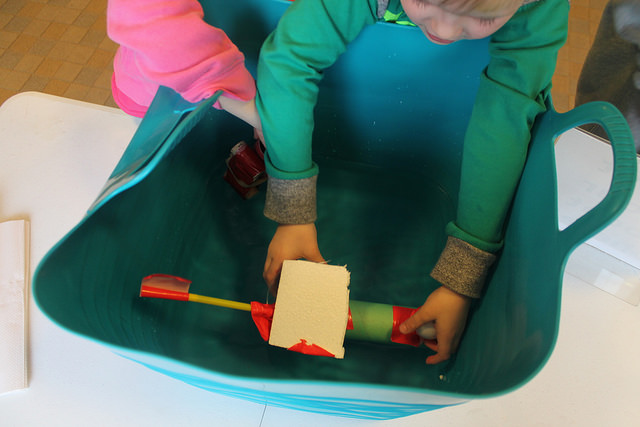 I heard lots of great creative problem solving, teamwork, and sweet explanations of how buoyancy worked (I put out signs that explained it as well). It's always great to see men in the children's library as well - they come in on Saturdays, and were out in force for this program.
I heard lots of great creative problem solving, teamwork, and sweet explanations of how buoyancy worked (I put out signs that explained it as well). It's always great to see men in the children's library as well - they come in on Saturdays, and were out in force for this program.
 Next challenge I want to do a two-step challenge - we had some older kids come that might have appreciated a more challenging challenge. It was a great experiment in open-ended programming!
Next challenge I want to do a two-step challenge - we had some older kids come that might have appreciated a more challenging challenge. It was a great experiment in open-ended programming!
Train comics!
My first published comic!
My first published comic came out on Monday in the School Library Journal! It's all about the Youth Media Awards. Here it is: http://www.slj.com/2015/03/awards/winds-of-change-at-the-ymas/ Below is a screenshot, I would visit their website for more!

Listen, Sister
I've been working on a children's book for my lovely sister, Kristine! The idea is that the reminder that you are good is all around you.







